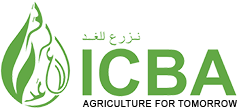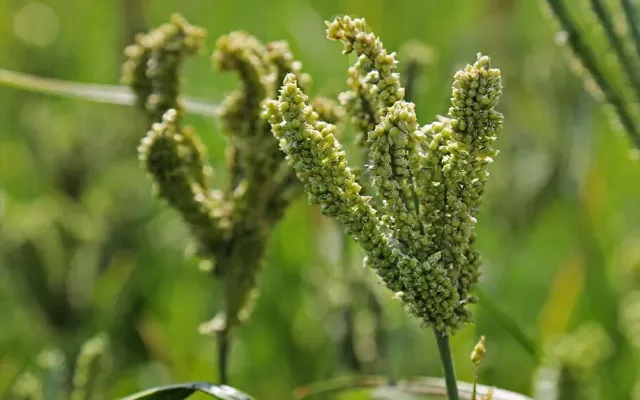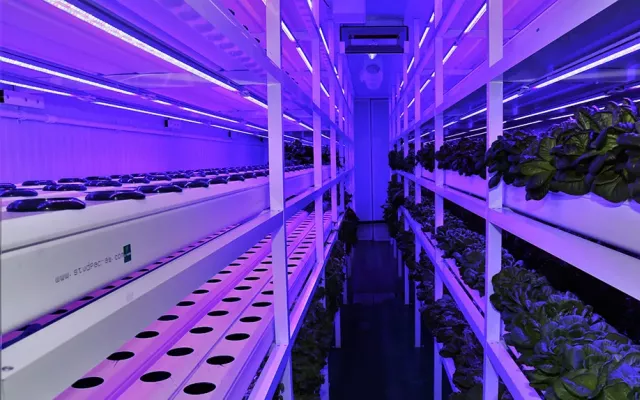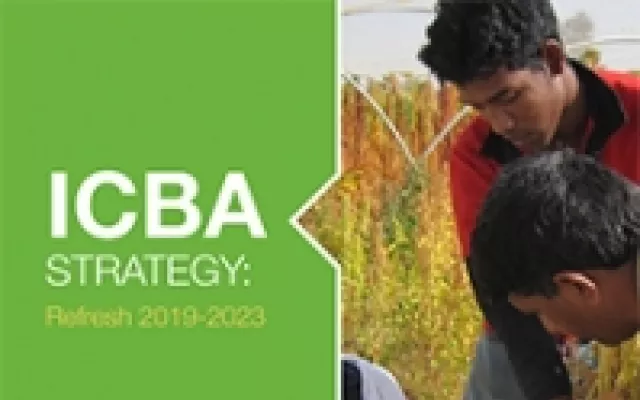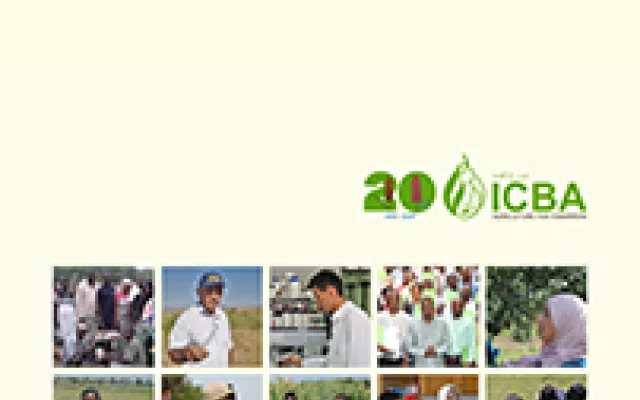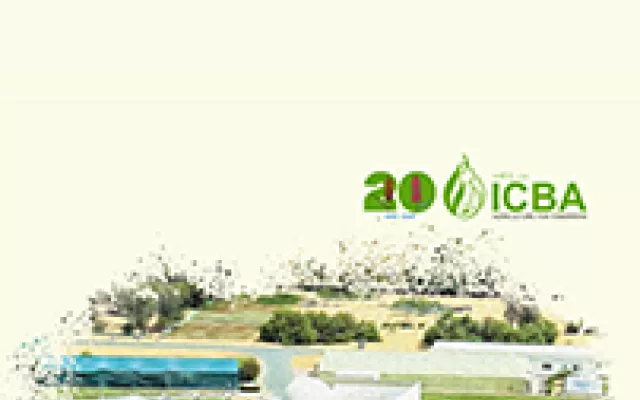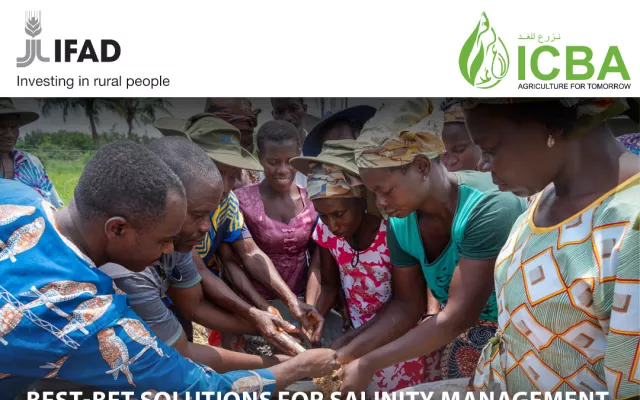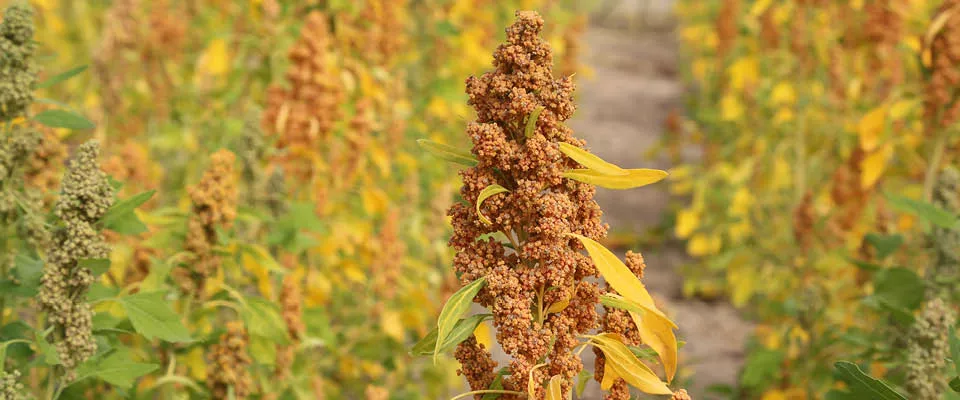New paper on quinoa’s potential in marginal environments is published
27 April 2016
Access to nutritious food is one of the prerequisites for achieving food and nutrition security. Despite the significant progress made in improving food production, demographic challenges along with low agricultural productivity due to soil salinity, drought and climate change are putting additional pressure on the natural resources to meet the future demand. Being a climate-resilient crop, easily adaptable to marginal environments and also rich in nutrients, quinoa could provide solutions for the global food and nutrition security. Because of its excellent features, quinoa has been getting more and more attention from farmers and researchers outside the Andes region.
For example, quinoa evaluation started in the North African countries (Morocco) for the first time in 2000-01 in four different eco-geographical regions. Since then, quinoa has been investigated across various marginal environments with proven success, especially in poor and saline soils with annual rainfall as little as 200 mm. It is more water-efficient and has higher economic value, salinity resilience and nutritional quality than crops such as wheat, rice, barley and corn, commonly cultivated in the region.
In a recently published paper titled “Quinoa for Marginal Environments: Towards future food and nutritional security in MENA and Central Asia regions”, a team of researchers summarize studies conducted over the past 15 years in evaluating quinoa genotypes for local adaptation and nutritional quality in the Middle East and North Africa (MENA) region. The research results proved that quinoa is very productive in very poor soils under deficit irrigation and high levels of salinity.
There are, however, some constraints before further scaling up, which therefore need to be addressed. These include: • Limited understanding of the relationship between the growth conditions and nutritional profile • Limited availability of genetic material for cultivation outside its indigenous environment • Limited knowledge of the best management practices such as nutrients, pest and diseases control, harvesting and processing • Need to design product marketing strategies and raise awareness among farmers and government agencies about quinoa’s potential as a stress- tolerant alternative crop for marginal environment.
The authors conclude that addressing these issues requires different approaches, including the study of the adaptation and yield potential of several quinoa genotypes, developing the best practices on the production and management under diverse farming systems and agro-ecological regions, value chain development and linking farmers with markets.
For example, quinoa evaluation started in the North African countries (Morocco) for the first time in 2000-01 in four different eco-geographical regions. Since then, quinoa has been investigated across various marginal environments with proven success, especially in poor and saline soils with annual rainfall as little as 200 mm. It is more water-efficient and has higher economic value, salinity resilience and nutritional quality than crops such as wheat, rice, barley and corn, commonly cultivated in the region.
In a recently published paper titled “Quinoa for Marginal Environments: Towards future food and nutritional security in MENA and Central Asia regions”, a team of researchers summarize studies conducted over the past 15 years in evaluating quinoa genotypes for local adaptation and nutritional quality in the Middle East and North Africa (MENA) region. The research results proved that quinoa is very productive in very poor soils under deficit irrigation and high levels of salinity.
There are, however, some constraints before further scaling up, which therefore need to be addressed. These include: • Limited understanding of the relationship between the growth conditions and nutritional profile • Limited availability of genetic material for cultivation outside its indigenous environment • Limited knowledge of the best management practices such as nutrients, pest and diseases control, harvesting and processing • Need to design product marketing strategies and raise awareness among farmers and government agencies about quinoa’s potential as a stress- tolerant alternative crop for marginal environment.
The authors conclude that addressing these issues requires different approaches, including the study of the adaptation and yield potential of several quinoa genotypes, developing the best practices on the production and management under diverse farming systems and agro-ecological regions, value chain development and linking farmers with markets.
